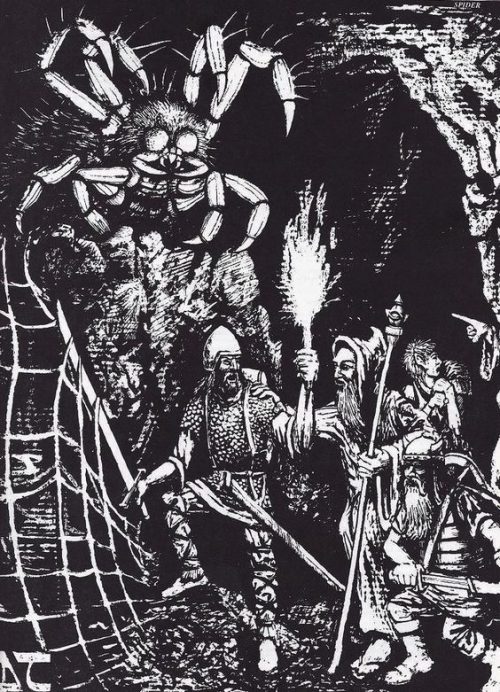I worried that this ad by Joe Biden that quotes Marjorie Taylor Greene saying favorable things about him was a quote mine. I’m so used to creationists pulling out short quotes that mean something completely different from what the author intended that I was afraid the Democrats might be pulling the same dishonest stunt, because we know she hates him. But MTG words do make a pretty good campaign ad.
I approve this message. pic.twitter.com/f1q5giNM8j
— Joe Biden (@JoeBiden) July 18, 2023
So I looked a little deeper. She actually said those things in a speech to TPUSA; she actually thought these things are bad for the country.
“Joe Biden had the largest public investment in social infrastructure and environmental programs,” Greene says in the ad, while images of the president smiling in various locations are shown as upbeat music plays. “That is actually finishing what FDR started, that LBJ expanded on and Joe Biden is attempting to complete.”
“Programs to address education, medical care, urban problems, rural poverty, transportation, Medicare, Medicaid. And he is still working on it,” she continues just before a Biden/Harris campaign logo appears on screen to end the video.
WTF? “education, medical care, urban problems, rural poverty, transportation, Medicare, Medicaid” are unpopular, awful programs for a president to promote, so she seeks to saddle him with that? FDR was one of our greatest presidents, and that’s a comparison she wants to make? That’s nuts, but it’s actually what she thinks.
Clinching it, MJT posted a response to Biden’s ad, and it’s a different excerpt from her TPUSA speech, filling in the gaps in Biden’s thoroughly edited version. What she was trying to communicate, poorly, was that Biden is a big fat socialist.
Lyndon B. Johnson is very similar to Joe Biden. How are they the same?
They’re both Democrat Socialists.
Lyndon B. Johnson was the majority leader in the Senate. Does that sound familiar?
He was Vice President to Kennedy. Joe was Vice President to Obama.
He was appointed as the president after JFK was assassinated, then he was elected.
His big socialist programs were the Great Society.
The Great Society were big government programs to address education, medical care, urban problems, rural poverty, transportation, Medicare, Medicaid, food stamps, and welfare, the Office of Economic Opportunity, and big labor and labor unions.
Now, LBJ had the Great Society, but Joe Biden had Build Back Better, and he still is working on it.
The largest public investment in social infrastructure and environmental programs that is actually finishing what FDR started that LBJ expanded on, and Joe Biden is attempting to complete, socialism.
Biden is not a socialist, not even a Democrat Socialist. He is not trying to complete socialism
, whatever that means. If the Great Society programs were socialism, then hooray for socialism, give us more of that, please.
Clearly, MTG was trying to put down Biden by chanting socialism, socialism, socialism
at him, but by spelling out what socialism means to her, she’s basically educating everyone on what a good thing socialism can be.
Pay attention, Biden. Greene is actually telling you what works.











